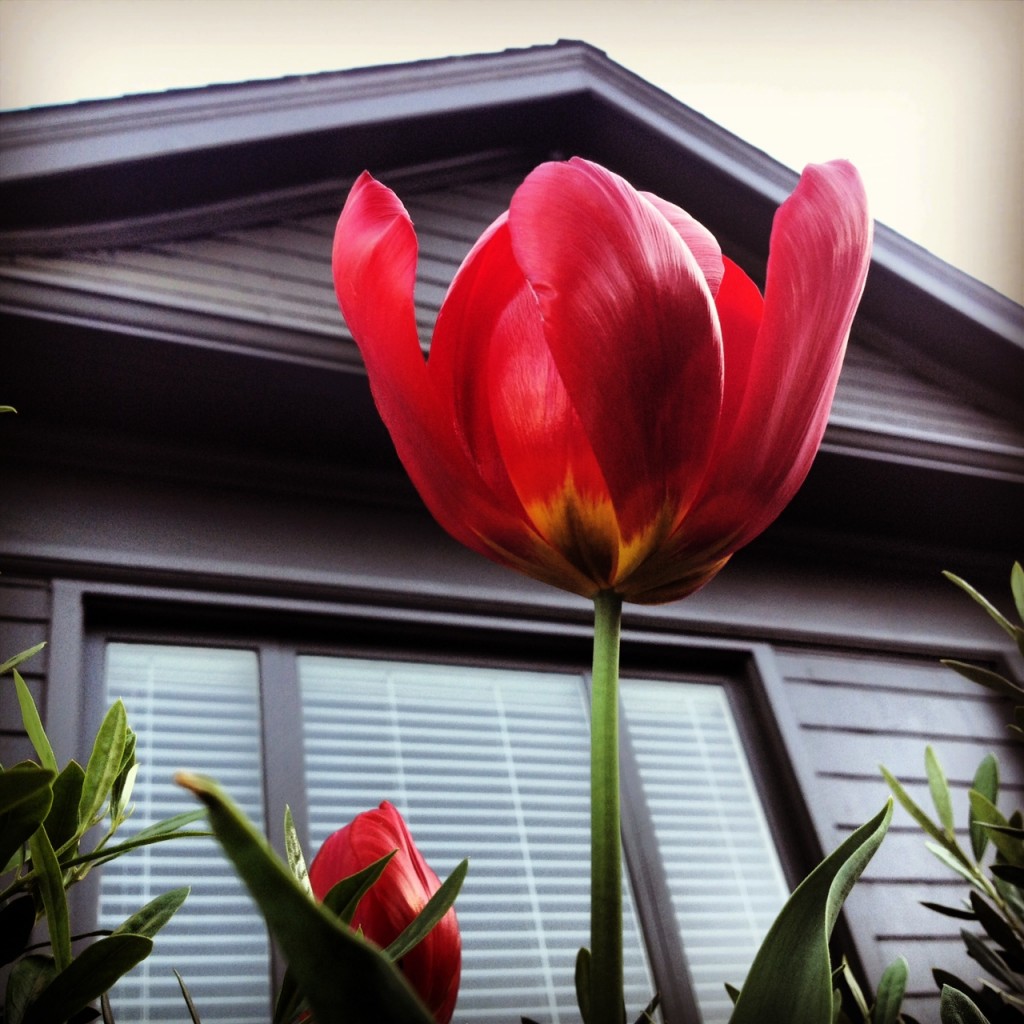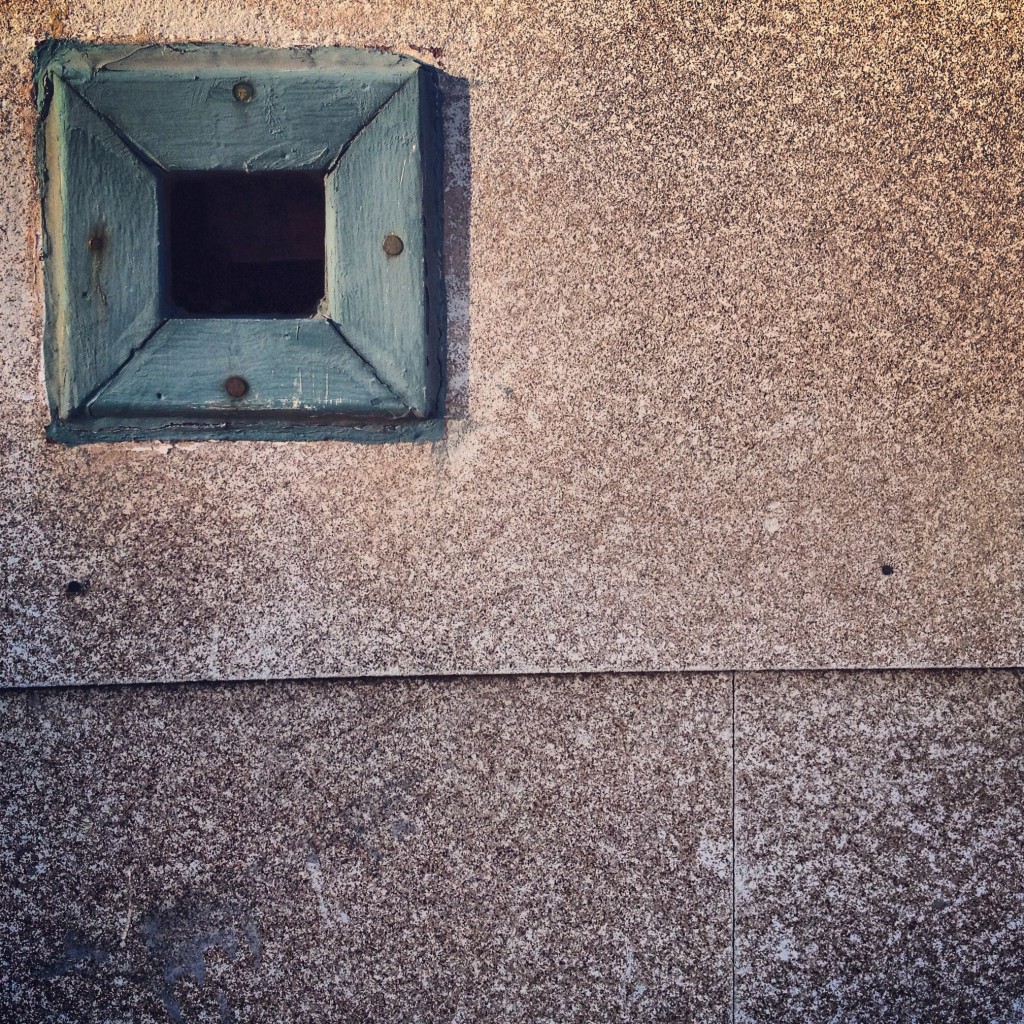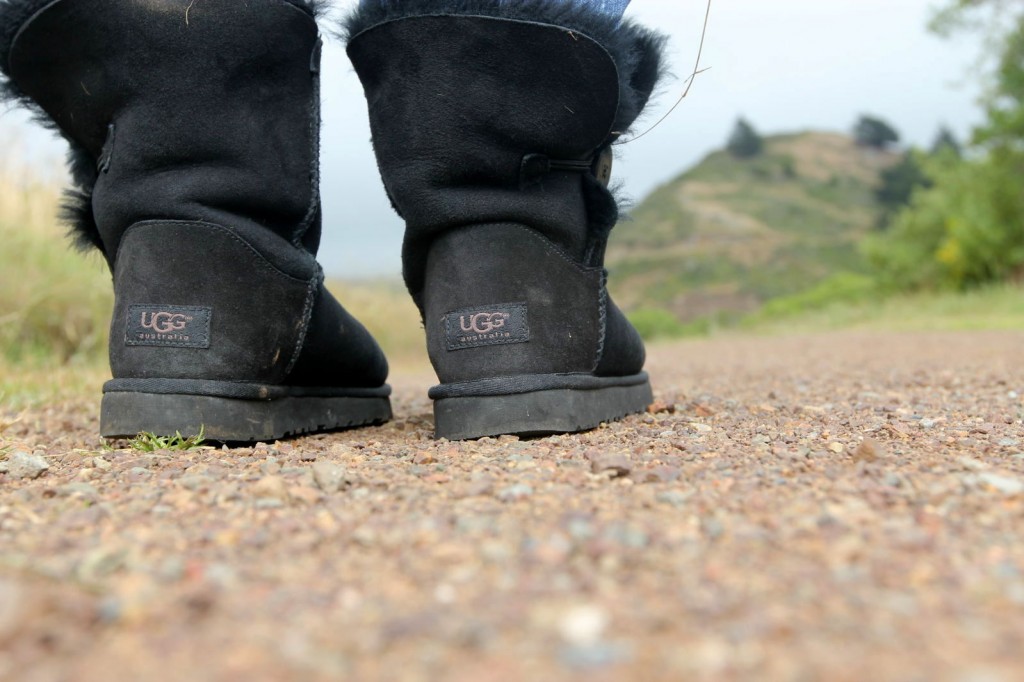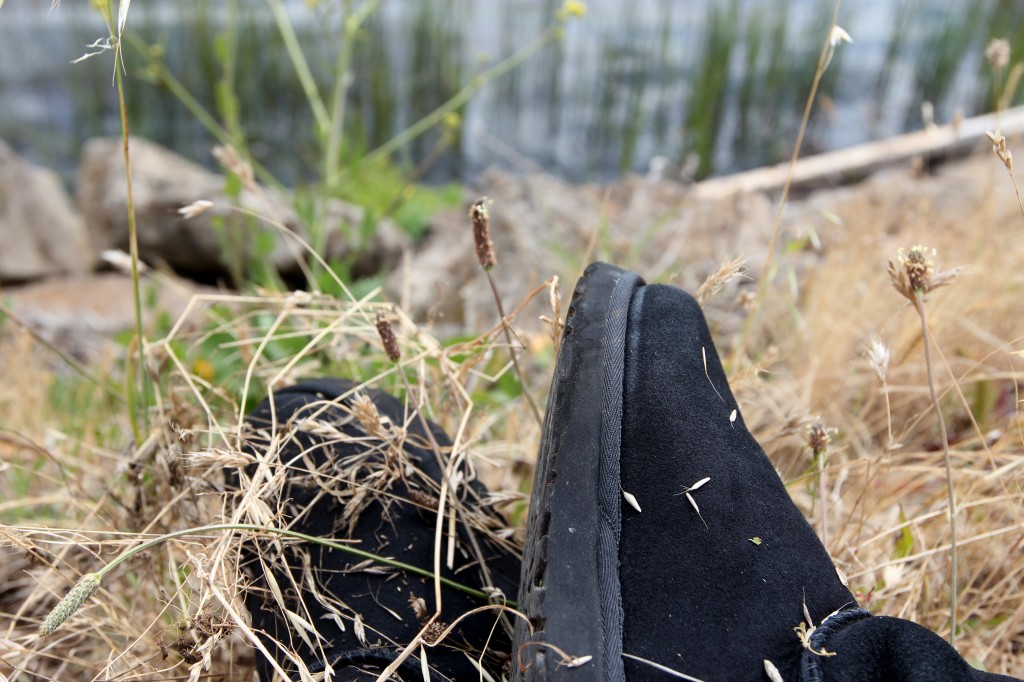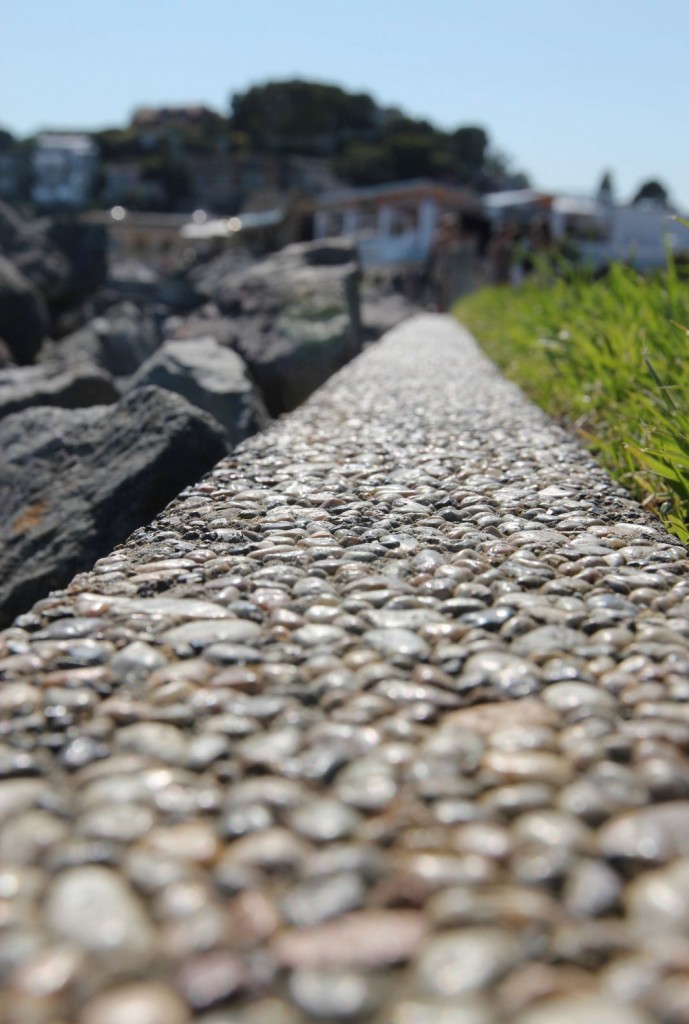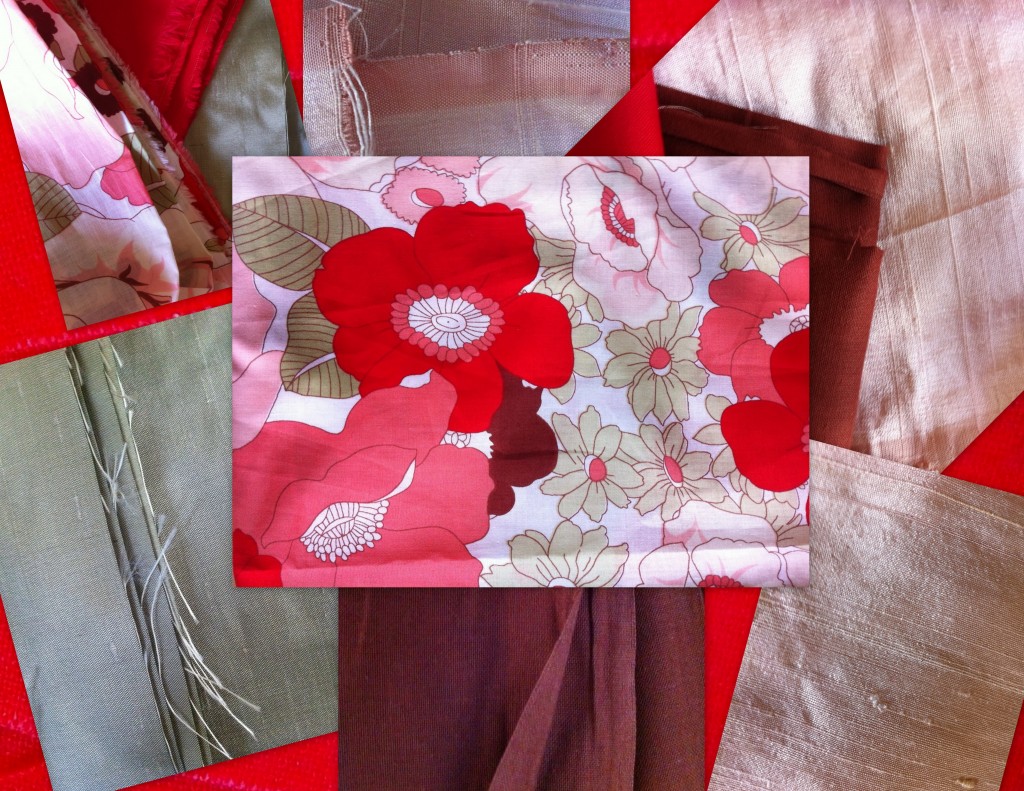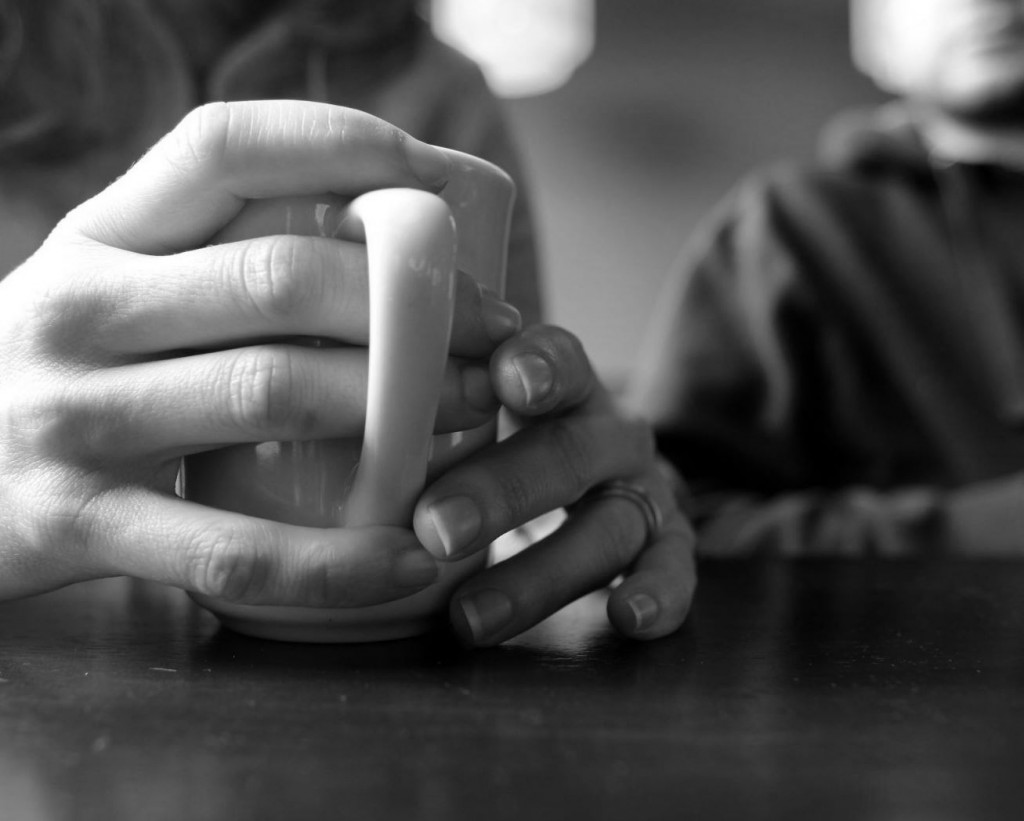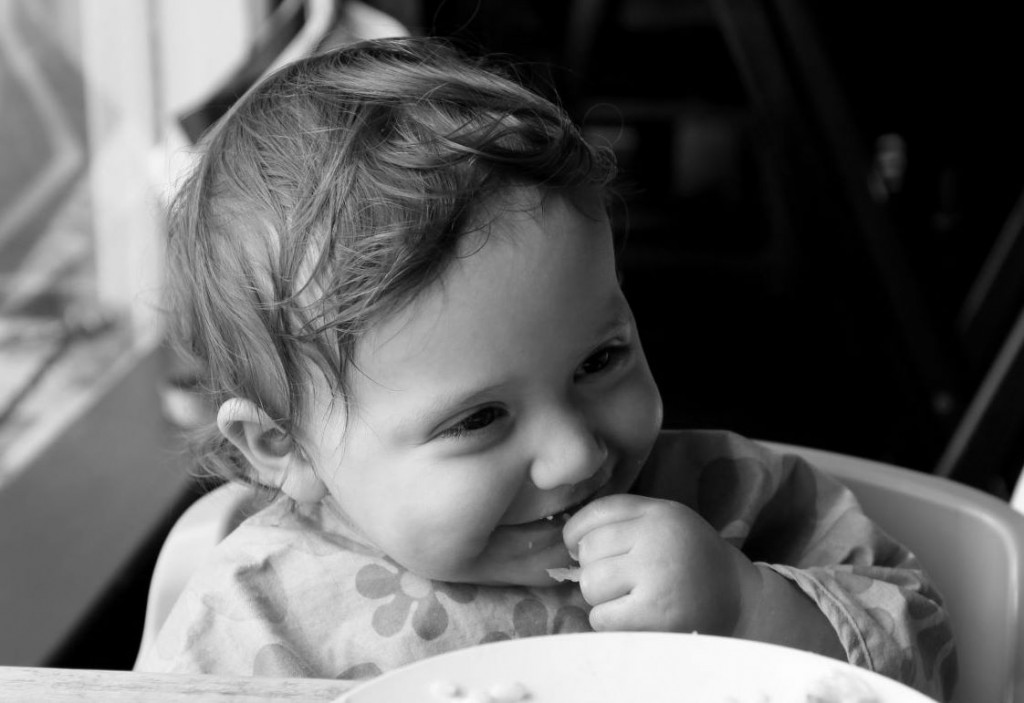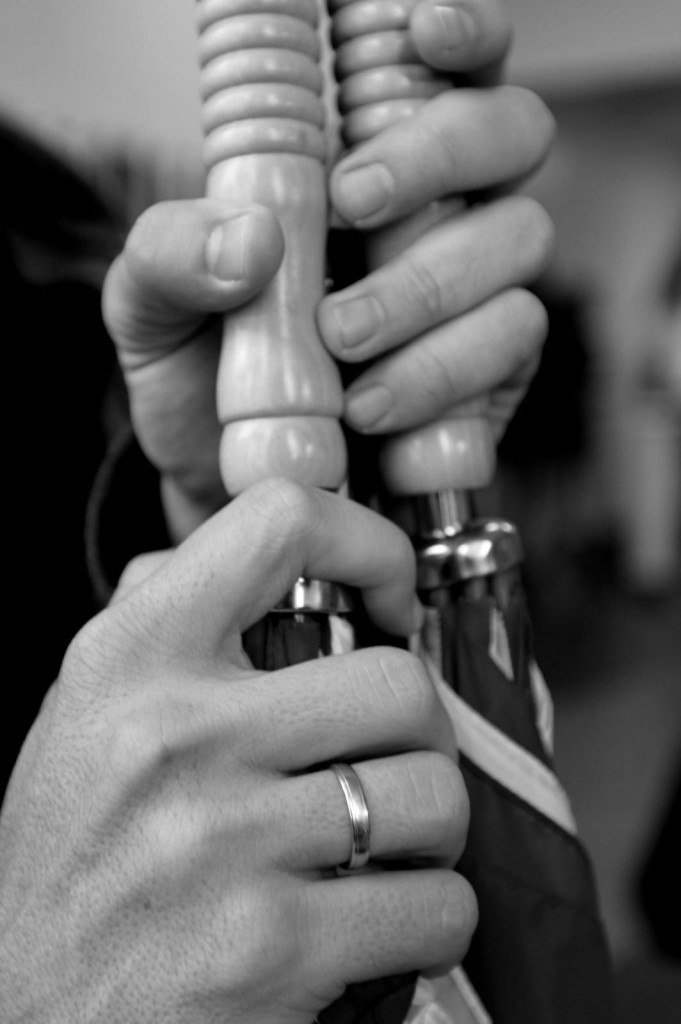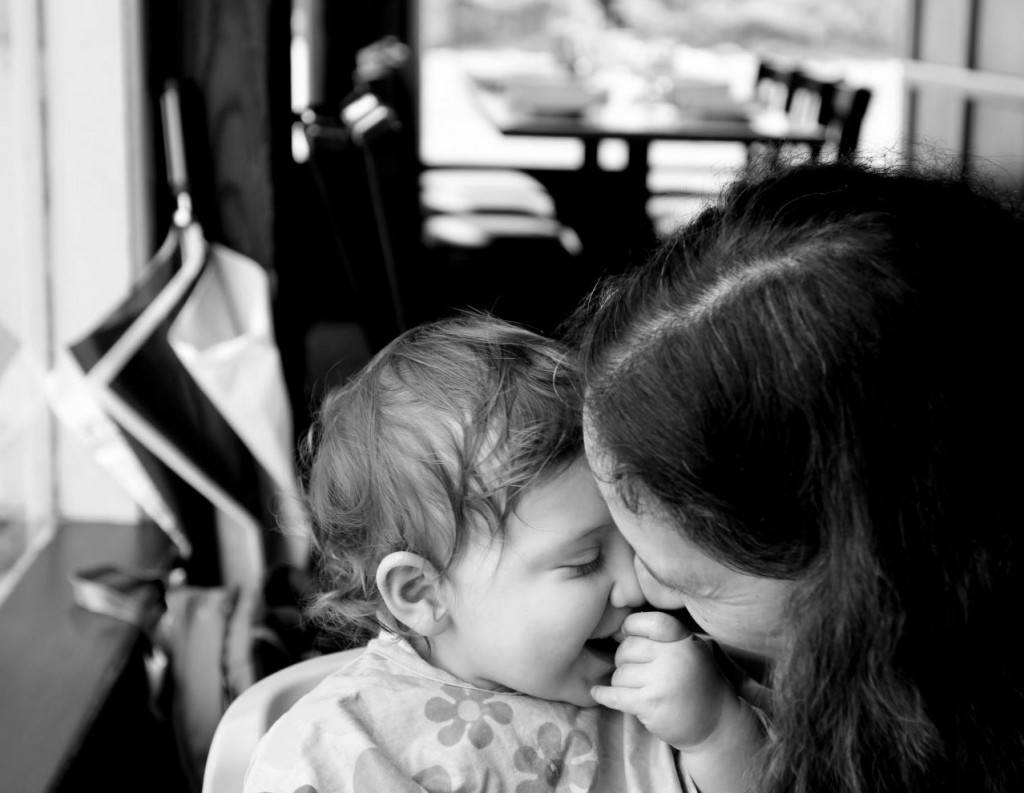Creating things category archive
Out for Another Walk 6
I feel like most people I know wish they took walks more often, and are always glad when they did. And you’re always hearing about the health benefits of taking walks. As a mother, writing at home, I don’t get very much alone time, so lately I’ve been trying to take walks more often. And every time I do, I think, this is the simple key to happiness.
I bring along a little notebook and pen. I pull my sweatshirt tight against the wind, breath in the fresh air, notice primroses, tulips, a house for sale. I pant up flight after flight of stairs that cut up the hill to Twin Peaks, San Francisco’s highest point. Problems with the current thesis chapter hover in my mind like helicopters, somehow louder and clearer as I walk. Today, I realized this is reason alone to get out on walks. I’m currently inspired by how the novelist Dawn Tripp describes why she runs, in her post for Cynthia Newberry Martin’s blog Catching Days:
“I don’t run for time, speed, or distance. I don’t run to stay physically fit. I run to find a clearness of mind.”
And later in the post:
“Every morning I go out and run for this precise reason–to find my way deeper into a character’s self, some key turn of a story, to find that certain edge between intellect and free creative thought, to feel that shift in consciousness that allows me to write well. It’s not a state I can simply sit at a desk and think myself into–though many writers I know can. I have to be outside. I have to move. For me, it is that experience of the world–when I can breathe in the wind, the sun, the heat, the salt smell, the cold, and the light until the floss is stripped, and I am right there, in the pulse and life of a separate and entirely real, fictional world.”
What if I walked every day? What might happen in my writing?
Tell me, does walking (or running, or biking, or other movement) help you write?
Lost in Abstractions 2
I walk down the San Francisco streets lined with Victorian row houses, and instead of noticing grand rooflines, or the often spectacularly ornate doorways and windows, I look at drain pipes, and telephone poles, and air vents. I crouch down to frame a shot of curling Magnolia tree bark, or the shadow of a twig in the slanting afternoon sun. I wait through three traffic light changes, Basil impatient in the stroller, to capture staples and bolts on a telephone pole.
Maybe it’s because my brain is filled beyond capacity with big ideas from my thesis, and I’m not getting nearly enough sleep. Or maybe it’s the endlessly clear, wide open, blue skies we’ve been having, bright and warm every day. Or possibly the craving for nature, and open space. But lately I go out in the world and focus on abstractions, on lines, on colors. I obsess about images that thrill with their negative space. I take picture after picture of corners, and slants of light.
Want to join me this week? What do the colors, shapes, objects in your daily life look like in the abstract?
Feet: The questions they raise 2
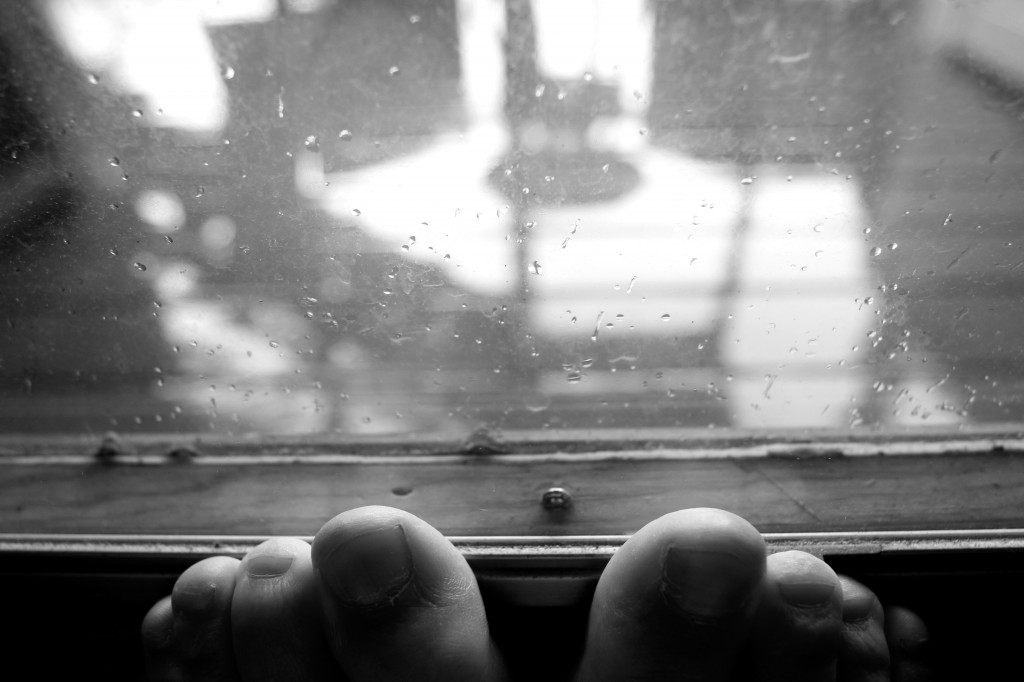
The first week of the Unravelling course** had me photographing and paying attention to my feet. To where they go each day, and where they don’t. To how I feel about them. To how they anchor me in the world.
Mostly, the week had me circling around two questions: Where do your feet take you? Where don’t they (and why)?
The inertia of routine in daily life is something a lot of people talk about in their blogging. How hard it is to change routines. How good it feels to take a different bus line home, walk down a new street, spontaneously go the long way home and end up seeing a flock of geese rise from a pond along the way, or an especially glorious stand of daffodils in the height of spring bloom.
It seems like sometimes we choose where we go, or how we go. But more often we follow routines that take us along the same well-worn paths, where we may or may not really see the things we pass. This is true in everyday choices as well as the larger trajectory of life. Photographing and noticing my feet had me stopping to look at spots I usually would have just passed by. Noticing JJs and my feet, and the places we stand next to each other in day-to-day life. It had me crossing the Golden Gate Bridge one afternoon to explore a park, Marin Headlands, that I’ve wanted to visit for a long time. And it had me sitting in a new cafe, by myself, writing and thinking about story ideas for a children’s book.
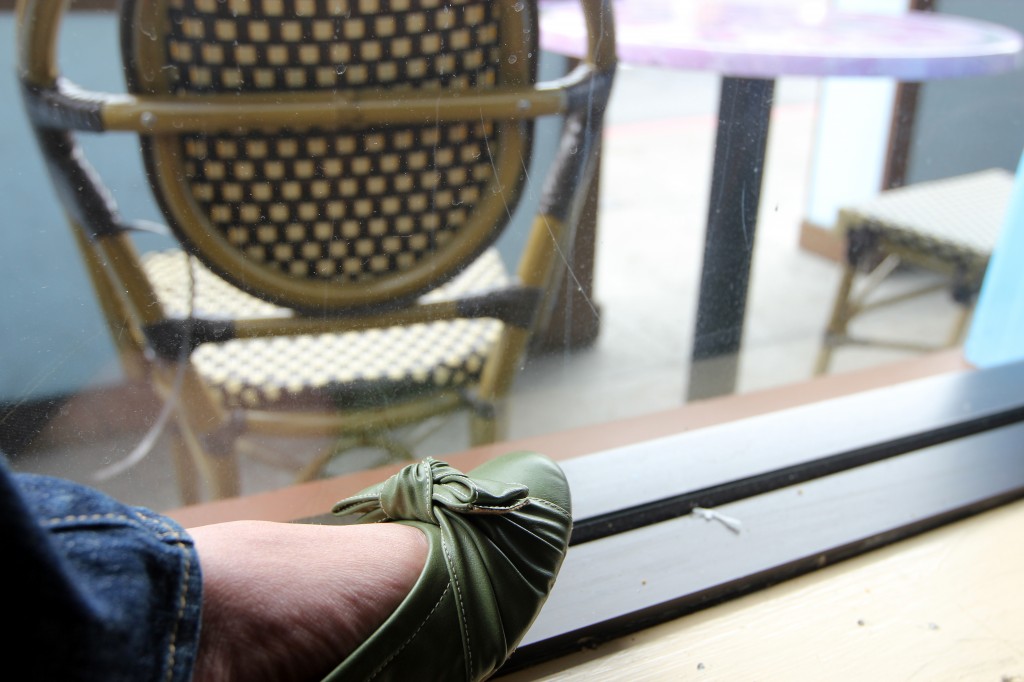
Mostly, the first week of the course had me noticing and reflecting on my choices. Both everyday ones, and larger life ones. I know, of all the many directions one could go with a photography assignment regarding feet (and Susannah gives MANY ideas), I choose a serious, contemplative one. My willow-sitting-by-the-river nature that seems to come along with having a hippy, earthy, tree name!
So I’ve started a list of things to do this summer that get me stepping outside my usual routines. What are you hoping to do this summer that perhaps takes you outside your routine?
**For reasons that make absolute sense to me, Susannah asks us to limit what we share of the course on our own blogs. So while I will write about my experience in the course here and there over the next 8 weeks, and share some of my photos, I’ll let you discover the details of the course itself by taking it if you’re interested. It’s only been a week, but already I highly recommend it!
Unravelling Course 2
This week I started an e-course in photography and self-discovery led by Susannah Conway (thank you Christina!). Susannah’s 8-week course is called “Unravelling: Ways of Seeing Myself” and it’s a journey in picking up a camera and using it as a tool to unlock how we see ourselves and the world around us. Already it has me looking at my pictures in a different way, flashing back to college when I would take rolls and rolls of black and white and then spend my Saturday nights in the darkroom developing photos into something meaningful.
It’s different – I’M different – when I’m taking my pictures more seriously. Allowing for creativity and experimentation to spill through as I snap pictures, then looking through them with an eye to what they say, what they mean, how they speak in tandem with each other.
It’s thrilling to be re-encountering this creative pulse that I carry in my blood. Photography, pottery, sewing, drawing – all were hugely important to me growing up. Yet I’m realizing with ever more clarity just how thoroughly I had sidelined it from my life since those college photography classes. Not that I never did anything creative; I just did it less and less, and saw my career as needing all of me. But when I ask why I gave up these things, I don’t have an answer except the inertia of everyday life took over.
I’m excited and terrified as I open to the possibilities of this creative pulse.
And it makes me wonder. How many of us abandon more creative pursuits as we grow into adulthood? Childhood overflows with creativity; children are wellsprings of ideas and energy for stories, art, making things. Where does it all go?
Imagining what’s next 3
Have I mentioned I make quilts? I do. It’s one of the sewing projects that I love and have a knack for thanks to being raised by a doll maker. I’ve been working on them again recently, allowing myself a glorious afternoon here and there to design and sew. I finished this pink one last week as a gift for a friend’s little girl.
So of course I thought about quilts when I read Christina’s post last week on where ideas come from. She talks about ideas being everywhere; that what makes them good is the execution, the acting upon them. She asks us, “Where do ideas come from? How do you act on them once they occur to you?” Her questions sparked too much thinking for a comment on her post, and thus, here I am, writing about her questions here.
“Where do you think ideas come from?” I asked JJ this weekend as we sat in our kitchen eating a lunch of re-heated soup and fresh bread. He thinks about ideas a lot in the context of software and technology startups, and we immediately started talking about the development of the computer mouse. In a recent New Yorker piece. Malcolm Gladwell talked about the development of ideas in 1970s Silicon Valley by tracking the case of the mouse and laser printer. He also suggests that ideas are plentiful, but argues that their development can be limited by the context where they arise and the vision of those who come up with them. Gladwell’s is an argument for how innovation can sometimes look like one person “stealing” another’s idea, but that it is really about taking an idea and applying it to a new problem, in a new context. Thus, he says, no one is “stealing” the idea from another, but rather “view[ing] the problem from a different perspective, and carv[ing] off a different piece of the puzzle”.
I agree with Christina and Gladwell, that ideas are plentiful. For me, ideas come from raw materials, when there’s a need, or I am listening. Fabrics can be raw materials, or photos. Threads of experience or questions become ideas as I tell a story to a little girl or boy. When I’m listening and acting with fabrics or words, I feel like I tap into a river of ideas. But the uncomfortable hesitation of risk is never far away, pressing me hot against the wall like bodies on a crowded bus in summer. What if it’s wrong? What if I ruin the materials? What if I can’t do it? As I sewed the quilt last week I felt it again and again. The frustration of a seam being uneven. Having to tear it out and do it again (and then again). Worrying about cutting into a new strip of fabric. Wondering whether the quilt would still be beautiful if the seams looked messy.
These are small worries, and small problems in the larger scheme of life. But working on this quilting project while thinking about these questions got me thinking more about this inherent risk in executing ideas.
Which brings me to my answer to the second question, on how we act on ideas. “What makes the idea good isn’t the idea, it’s the execution of it” Christina writes. Putting an idea into action is about the courage to go towards uncertainty, and possibly fail. I think she’s right. And that first step is often the hardest one. But in the days since I read this and have continued thinking about it, I had another thought: executing ideas is also about instinct. While I got frustrated again and again while making this quilt, I have a certain confidence with sewing, bred of years working next to my mother and learning from her work. I have an instinct for materials, how to mix colors and fabrics, and how to sew different kinds of seams. Just like those people working on the computer mouse in the 1970s had an instinct for how materials could link together and make something new.
Which raises a new question: How do we develop instincts for executing ideas? There is trial and error, and teaching ourselves. There is education from others, and apprenticeship of course. And there is imagination and willingness to try. But is there something more? Part of me thinks we have both what we learn in the world – what others teach us – and an innate orientation towards doing or learning certain things. Developing the instincts to execute ideas and make them great thus becomes about learning from others AND tapping into this innate drive – passion, ability, imagination – inside of us.
I am at a turning point in my life. Ready to take the years of training I have, and shift course. Which means developing new instincts. Listening for ideas, and executing on them, in different ways than I have in recent years. There are so many unknowns and scary wide open questions about where my career will go right now.
Which is why making quilts again and taking creative risks with fabric and scissors feels so good. After finishing the pink quilt, I went to the fabric store and started looking for inspiration for the next one. Over the last few days ideas have been percolating, leaping into color with some fabrics I found, then swirling all last Thursday as I walked around a flowering spring garden with a friend and her daughter.
Now, the fabrics sit in a pile under the front window, waiting for the first cut. Somehow, going through the exercise of openness to creative possibility in fabrics makes it easier to face the unknown questions about my career direction. Ideas flow when I make quilts, and executing them is risky, but less terrifying than other parts of life. So I’ll start there, and see where it takes me.
Photographing hands & babies 0
My first love in photography was babies and hands. I first got a real camera in college, a hand-me-down Pentax K1000 from my boyfriend’s mother. It came with a bag of old lenses, a little grainy but still working. I would take my nieces, then toddlers, to play in the park, for walks near my parents’ house, or out to the beach and snap away. The love of photographing hands started with my parents, both of whom work with their hands and have for their whole lives.
Taking this series of pictures recently, of friends and my husband’s hands, and my beautiful friend’s baby, made me think about my college photography days, and about how important art used to be in my life. Photography and pottery were a huge part of the end of high school and most of college for me. At one point I even considered being an art major. I dreamed of opening a studio on the coast of Northern California, with a darkroom and pottery studio.
I like where my life has taken me, but I miss doing creative work. My mother is with us for three nights this week. She has made a living with her creativity, making and selling all kinds of dolls. Whenever I am around her and her work, I am struck by how much space she occupies, spreading out in an explosion of color and sewing materials. There are piles of cotton knit doll bodies on our table right now, and bags of old sweaters sit next to a suitcase full of doll clothes in front of my desk. Crocheted hair pieces are spread out on the couch, blacks, reds, blonds, and pink for mermaids, the mohair yarn leaving hairs spread across the taupe corduroy cushions. A blue quilted, velvet mermaid tail lies on our couch, and rolls of yarn roll about on the floor. I get edgy by the disarray that seems to surround her, and found myself breathing a sigh of relief when she left for the day this morning. But I am deeply respectful of the fact that the messiness accompanies an inspiring creativity. She has built an incredible business with her creativity, making all kinds of dolls and even clothes, mixing colors and materials in ways no one has done before.
It makes me think about drawing again, doing more with my photos, or taking a pottery class. Perhaps I’ll start with a series of hands. After all my parents’ hands were one of my first inspirations in photography. Let it be messy at first, take many pictures, and see where it takes me.
+++
How were you creative in the past? How does that connect to who you are today?

